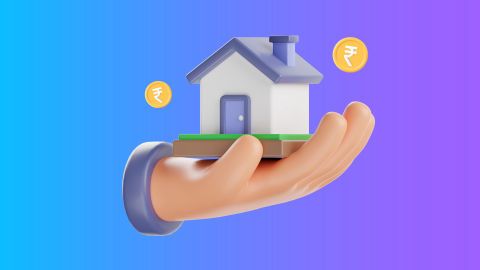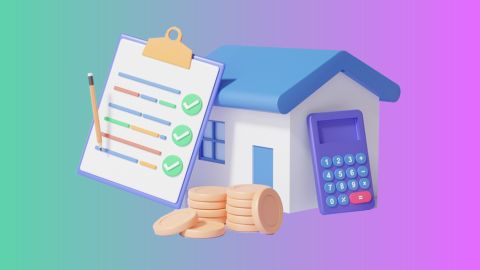Understanding how to check property ownership is essential for anyone planning to buy, sell, or use a property as collateral for a loan. Verifying that ownership ensures that the property you are dealing with legally belongs to the seller or the borrower. This process protects you from fraudulent transactions and future legal complications. The steps to check property ownership vary across regions, but certain standard methods can provide a clear idea about property legitimacy. If you plan to use your property as collateral for a loan, ensuring its clear title is crucial. With Bajaj Finserv
Loan Against Property, you can leverage the value of your property to meet personal or business needs.
Why Check Property Ownership?
Checking property ownership is vital for several reasons:
- Avoid fraud: Verifying that ownership helps prevent fraud. Fraudulent sellers might not legally own the property, leading to potential legal issues.
- Ensure a clear title: Clear ownership ensures no disputes or claims against the property, making it safe for buying, selling, or taking a loan against it.
- Legal compliance: Checking ownership records helps you comply with legal requirements and ensures that all dues and taxes are cleared.
- Financial security: A verified property provides financial security, especially if you plan to take a loan against it.
Methods to Check Property Ownership
There are various methods to check property ownership:
- Online property records: Most state governments in India have online portals to check property ownership records.
- Local land registry office: Visit the local land registry office to obtain property ownership records.
- Encumbrance Certificate (EC): An EC provides information about property ownership and any outstanding legal dues.
- Property tax receipts: These receipts can sometimes confirm the ownership status of a property.
- Title deeds and sale agreements: These legal documents offer evidence of ownership and previous transactions.
Step-by-Step Process for Checking Property Ownership
To check property ownership accurately, follow these steps:
- Visit the local land registry office: Approach the local sub-registrar or land registry office to access property records. You may need to provide details like the property address and the owner's name.
- Search online property records: Visit the official website of the state land records department. Enter the required details like the district, village, property ID, or owner’s name to check ownership.
- Request an Encumbrance Certificate (EC): Apply for an EC at the sub-registrar’s office. This document provides the property's ownership history. You can apply for an EC online in some states.
- Check property tax receipts: Visit the local municipal office or their online portal to verify property tax payments. Ensure that the name on the property tax receipts matches the current owner.
- Obtain a title deed copy: The title deed is a crucial document proving ownership. You can request a copy from the current owner or check with the local registrar’s office.
- Consult a legal expert: To avoid legal disputes, consult a legal expert to verify the property's ownership documents and any encumbrances.
Tips for Accurate Verification
- Cross-check information: Always cross-check information from multiple sources, such as online records and physical documents.
- Ensure originality of documents: Verify the originality of all documents like the sale deed, EC, and title deed.
- Consult a legal professional: A legal expert can provide insights into any hidden claims or disputes related to the property.
- Keep records updated: Ensure all records and documents related to ownership are updated to avoid future complications.
- Understand property laws: Familiarise yourself with property laws in your region for a smoother verification process.
Conclusion
Knowing how to check property ownership is essential for safeguarding your investment and avoiding potential legal issues. A thorough verification process ensures peace of mind, whether you are buying, selling, or using the property as collateral for a loan. If you are looking to unlock the value of your property, Bajaj Finserv Loan Against Property is an excellent option. It offers flexible repayment terms and competitive interest rates.




